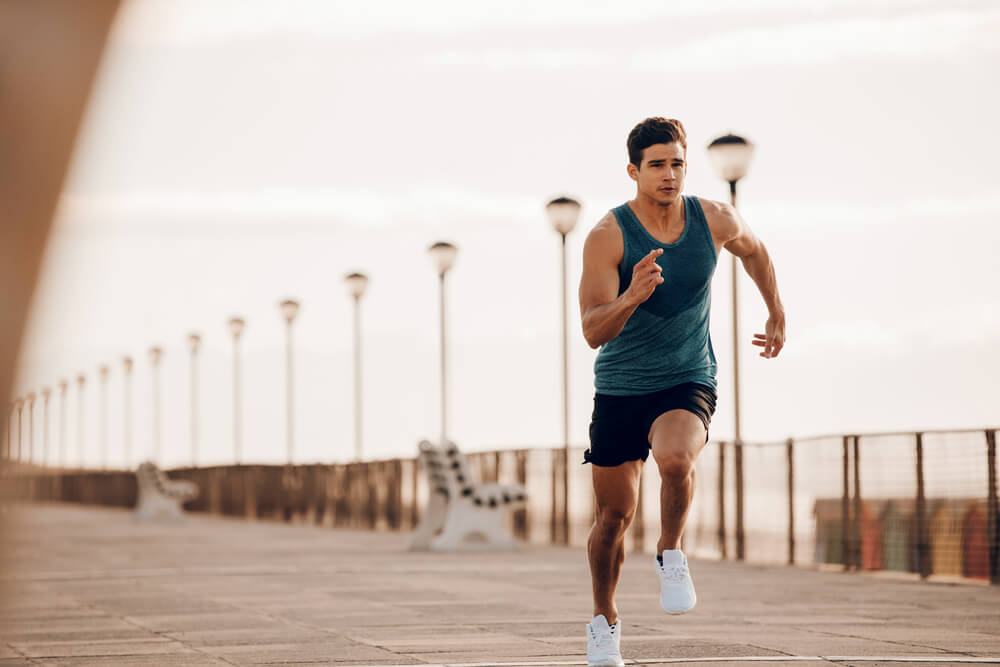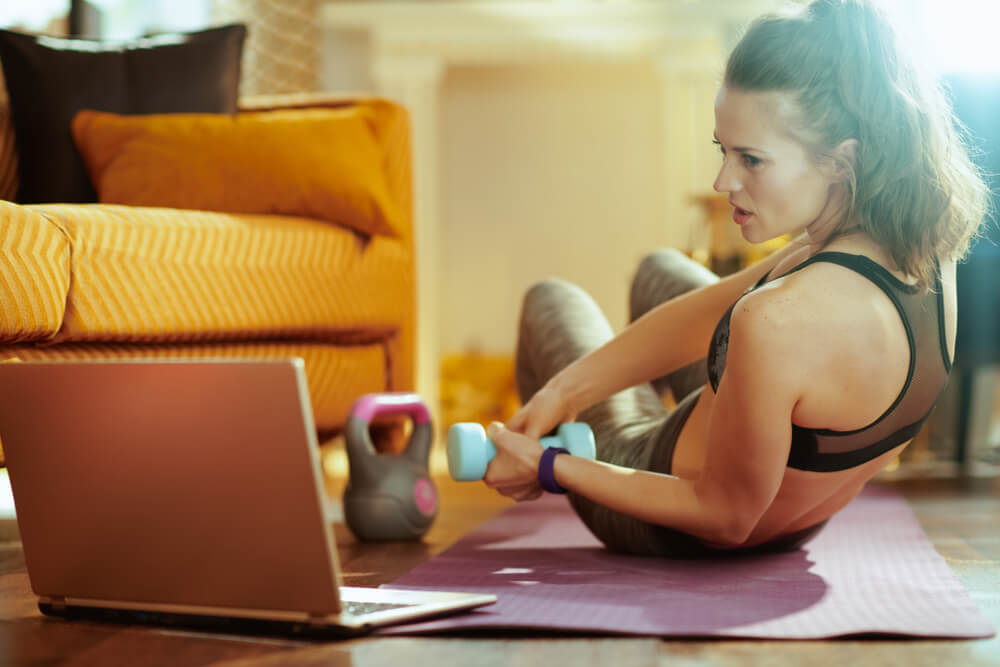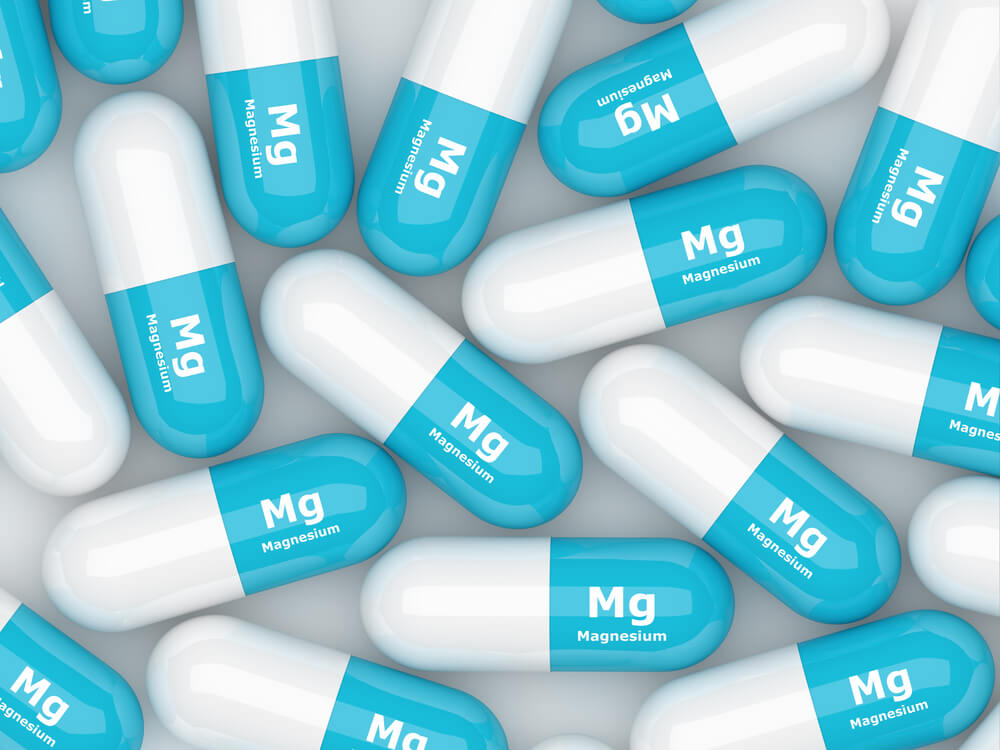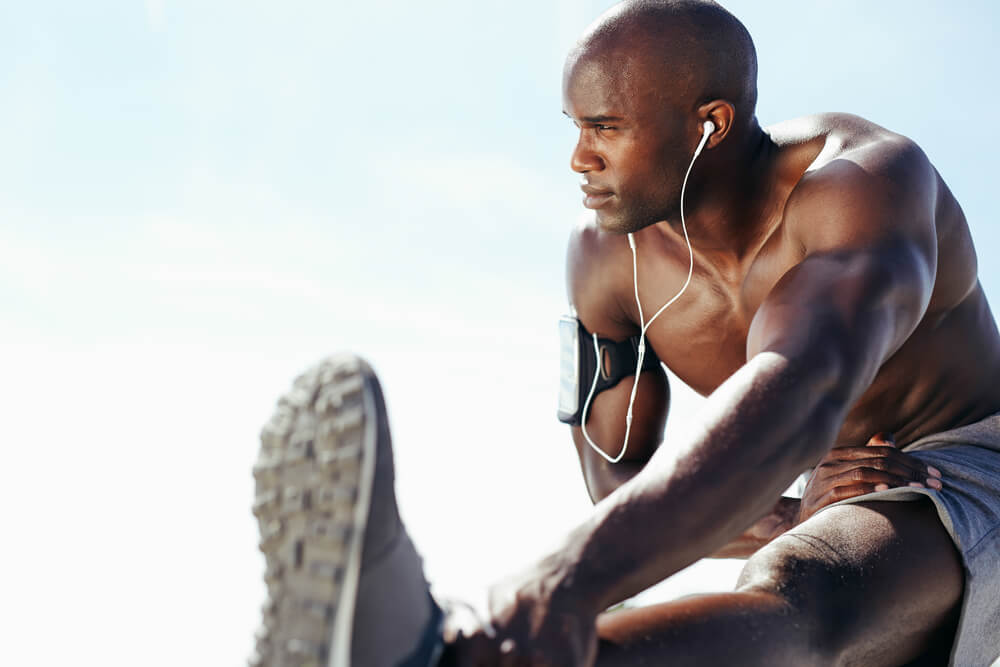
Between annual trends and the health world’s latest innovations, knowing which exercise routines to watch can be tough. At-home fitness equipment sales have increased by 130 percent, and recent health articles are helping fitness-lovers redefine aerobic and anerobic routines alike. Those who typically enjoy cardio have picked up resistance bands—and weightlifters have found themselves on ellipticals.
The exercise industry has changed a lot, this year, redefining our understanding of everyday health by changing our routines.
Whether you’re a seasoned lifter or new to exercise, however, a primary fitness question remains: What’re your goals?
Because so much has changed, recently, let’s dive into another question which exists, side-by-side, with the one above:
What do recent health articles say about current exercise trends?
Best Fitness Routines
Trend One: Jogging Is the Best Weight Loss Routine

For a while, experts suggested that HIIT and even intensive aerobic training might be the most conducive routines for weight loss.
Now, however, recent health articles are turning back to long-distance running. Researchers have targeted five types of exercise well-known for staving off obesity, including: dance, yoga practices, mountain climbing, powerwalking and, of course, jogging.
After recording the exercise routines of 18,424 adults between ages 30 to 70, they compared results derived from BMI, waist-to-hip ratios and body fat percentages—finding that jogging, indeed, appeared to melt off the most pounds.
Notable about this study is its inclusion of other metrics—whereas previous studies typically focused on BMI alone. While health studies in the past have always asserted that stagnancy increases obesity in general, they might’ve fallen short in terms of routine specifics.
But what makes jogging such a great weight loss exercise?
Primarily, experts suggest that jogging keeps one’s heart rate in a low-end—or ‘fat burning’—zone. In this zone, the body is more likely to utilize fat as a fuel source—as opposed to stored carbohydrates.
In more intensive exercises, such as anerobic weightlifting, one’s heart rate significantly increases to match physical exertion.
When this happens, carbohydrates stores as glycogen become a primary fuel source. While it’s conducive to nurturing muscle mass and fitness, this process might not burn as much fat as previously thought.
Trend Two: On-Demand Fitness

As fitness studios become popular, virtual fitness studios emerge. Recent health articles suggest that 2021 will be a year of at-home workout sessions—routines derived from remote trainers and highly personalized exercises.
Much of this is made possible due to innovations in livestreaming. We’ve already seen group fitness classes online—and even on fitness apps—but you’ll likely see these highly personalized sessions emerge from the mix.
The fitness world’s patron-base is incredibly segmented, at the moment, due to social distancing and fitness center closures in general. So, for those keen on exercising safely, highly intuitive digital programs will have answer.
Trend Three: Shorter Workouts are Better for Endurance Training

Many exercise experts assert that long-haul workout sessions might not be healthy—or even safe. This said, the topic of effectiveness doesn’t get the spotlight it deserves.
Can a 30-minute session actually burn more fat than a one-hour routine?
What if it’s a single session—as opposed to multiple, short-burst sessions throughout the day?
Surprisingly, recent health articles suggest that shorter exercises might be the most effective practices to adopt. Let’s take the HIIT trend mentioned earlier: Even though jogging might be more conducive to fat loss, high-intensity interval training is still stated to be one of the best routines for overall fitness growth.
The focus, here, is endurance. While many exercise to lose weight, they consider endurance to be a vital tool to scrape it away. Experts assert that compressing more work into shorter time periods is the key.
They also assert that combining a HIIT routine with frequent strength training, yoga, Pilates and Zumba can exponentiate one’s results.
Trend Four: People Prefer Studios, Not Gyms

Big-box fitness centers have always been popular, but recent health articles suggest that people are beginning to prefer fitness studios, these days. Naturally, recent concerns over public health safety have contributed to this—as fitness locations with fewer people reduce viral spread.
The gym-goer’s growing preference for smaller studios has steadily increased over time, however.
In 2017, the IHRSA Health Club Consumer Report found a 15-percent increase of Americans who preferred studios over gyms since 2015. Even though 32 million Americans still had traditional, commercial fitness club memberships, far fewer had held them from years prior.
Trend Five: Advanced Performance Metrics

We’ve seen the potential of Fitbits and Apple Watches, but our understanding of advanced fitness trackers is about to change.
Recent health articles are exploring the capacity of emergent technologies which combine data between heart rates, calories burned, hydration, exercise intensity and recovery sequences.
In the past, smart-device metrics were mostly grounded in workout timing. Now, however, devices are learning how to incorporate more abstract concepts—such as sleep analysis—into the mix.
In doing so, they’re even able to create new fitness strategies geared towards those with pre-existing health conditions. Needless to say, the evolution of intelligent fitness devices will also benefit day-to-day exercisers, too.
Trend Six: Magnesium

Responsible for over 300 bodily reactions, magnesium aids oxygen reuptake, electrolyte balance, muscle recovery and more. It’s a fundamental component of the ever-popular ZMA stack nutritionists swear by, and it’s commonly considered to be an essential building block to wellness in general.
In 2020, however, magnesium is getting much more attention. This is likely due to more people staying at home, as magnesium is also well-known for boosting mental clarity and feelings of wellness.
It can reduce insomnia, too, making it one of the more multifaceted ingredients found in supplements and natural foods alike.
Recent health articles also purport that magnesium, next to Vitamin D and Vitamin C, might be one of the most important nutrients for immune system defense.
ZMA supplements have become more popular, too, because of their high zinc concentration alongside magnesium: zinc assists immune cell development, and it also assists the body’s inflammatory response.
Trend Seven: A Focus on Function

Flexibility, strength and stamina exercises have transitioned into more functional routines. Even though workout gurus, athletes and gym enthusiasts love nailing PRs, more gymgoers are preferring routines which simply make their body healthy in terms of adaptability.
The American College of Sports Medicine has spearheaded this shift, adopting programs which aim to integrate clinical care with physical activity—encouraging doctors to pin down their patients’ fitness capabilities based upon baseline flexibility and day-to-day routines.
These types of integrative programs nurture day-to-day fitness levels, certainly. Different than previous trends, however, these programs emphasize ‘whole body’ movements over individual muscle groups.
Senior physical therapists assert that this approach is better for developing coordination—as it primarily nurtures stabilization during complex movements.
Trend Eight: Rowing

Rowing is another fitness trend recent health articles have covered quite a bit.
According to the English Institute of Sport, rowing targets approximately 86 percent of the body’s muscles. Remember, too, that fitness-lovers are preferring full-body exercises—those grounded in the same design.
Already, we’re seeing boutique studios dedicated entirely to rowing. The craze is only expected to increase as more people discover the expansive list of health benefits rowing provides.
Even though many understand the inherent strength and endurance benefits of rowing, the exercise’s flexibility benefits are commonly overlooked.
Trend Nine: Low-Frequency Electrical Currents
When seeing the term ‘EMS,’ a lot of us think of sirens. This version of EMS is called Electrical Muscle Stimulation, however: It’s a proud alternative to typical strength training routines, increasing muscle fitness with short-term, high-intensity sessions.
Here’s the interesting part: Electrical Muscle Stimulation doesn’t necessarily involve working out, either.
By using low-frequency electrical currents, EMS programs trigger muscle movements while the body itself is at rest. By making the muscles twitch, an EMS machine can nurture muscle growth, flexibility and stamina.
Surprisingly, it isn’t even painful. While EMS might cause a little muscle soreness during and after traditional workouts, it’s a great option for those with pre-existing conditions who’d otherwise find traditional routines too painful, or even unhealthy, to approach.
Some experts even assert that EMS training might be a viable alternative to strength training routines.
Trend Ten: Outdoor Exercise
2020’s health crisis has spawned a new, multifaceted culture around outdoor fitness. This trend has become so prevalent that it’s redefined entire product lines sold by big-name providers. Investing in outdoor fitness needn’t be expensive, either, as a simple pair of sneakers is enough to get some jogging in.
For those who’d like to explore outdoor exercise deeper, however, programs covering intensive jump rope exercises, dumbbell training and stair runs exist. A lot of gymgoers might need some time to adopt to outdoor exercise, as it departs from traditional muscle isolation exercises. This said, it’s possible to create muscle-specific programs via monkey bars, cords and a long set of pushups.
If you’re keen on exercising outside, we definitely suggest bringing extra water. Without a fitness center’s air conditioning, it’s easy to get overheated.
If you’re still new to outdoor fitness, it might also be a good idea to adopt a yoga program as well—as it can prepare one’s body for exercises requiring higher degrees of flexibility.
2020 Fitness and Beyond
So, what do you think of this year’s latest fitness trends?
Full-body fitness has always deserved more attention, and it’s certainly cool to see how far fitness technology has come. As remote fitness sessions become more refined, we’ll likely see a rise in device-specific workouts grounded in personalization.
Conclusion
Every year, the fitness world’s innovations introduce a slew of new options to increase one’s strength, endurance, flexibility and overall wellness.
So, even if you’ve found yourself without a fitness center recently, you still have options. So get out there, check out some of the recent health articles, and find out the cool, exciting new fitness opportunities your local community holds.
-Terry Asher
Terry Asher
Latest posts by Terry Asher (see all)
- Better Family – Product Review Liquid Daily 2 oz - Dec 16, 2024
- Post-Workout Recovery: The Key to Optimal Performance - Nov 25, 2024
- Pre-Workout Supplements – Everything You Need To Know - Nov 18, 2024












[…] Gym Junkies […]
[…] This article was originally published by Gymjunkies.com. Read the original article here. […]
[…] Source link […]
[…] Read The Entire Article By Terry Asher Here. […]
[…] Today’s Best Fitness Routines: A Roundup of Recent Health Articles – Jul 17, 2020 […]
[…] you need a safe “extreme” fat loss routine. It doesn’t mean you won’t see weight loss results, but what it does mean is you’ll go about […]
[…] Source link […]
[…] you need a safe “extreme” fat loss routine. It doesn’t mean you won’t see weight loss results, but what it does mean is you’ll go about […]